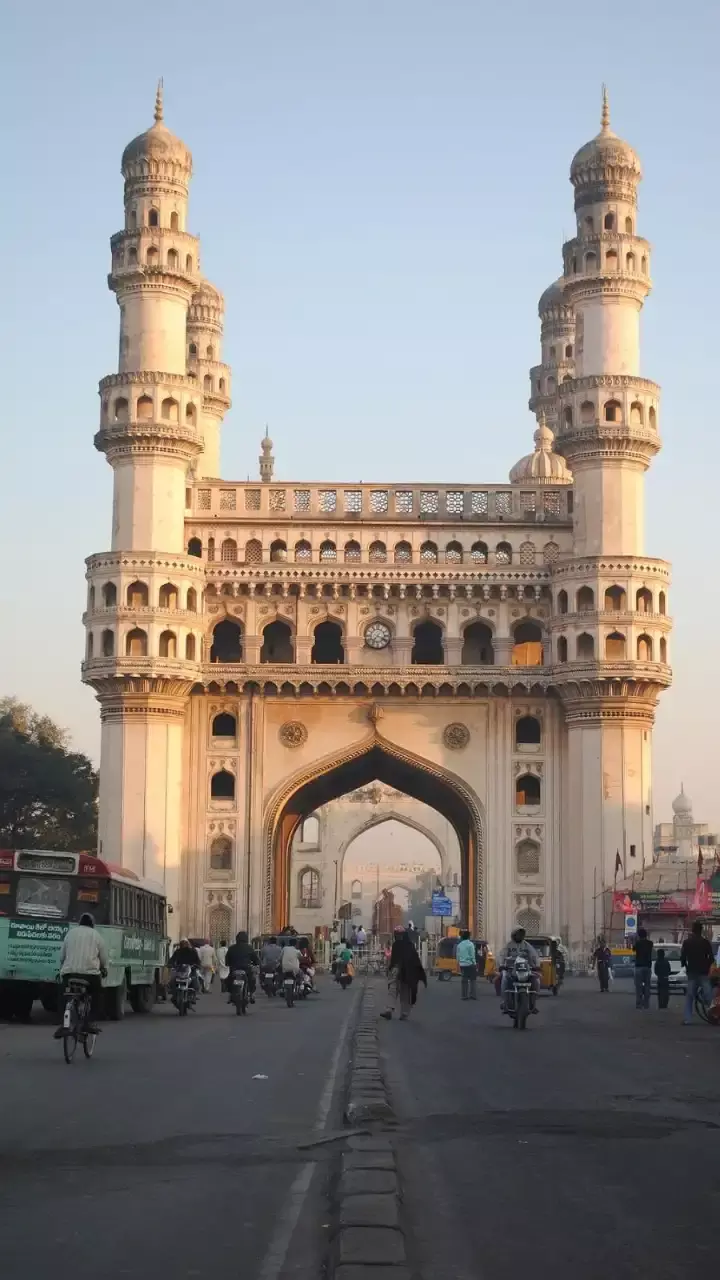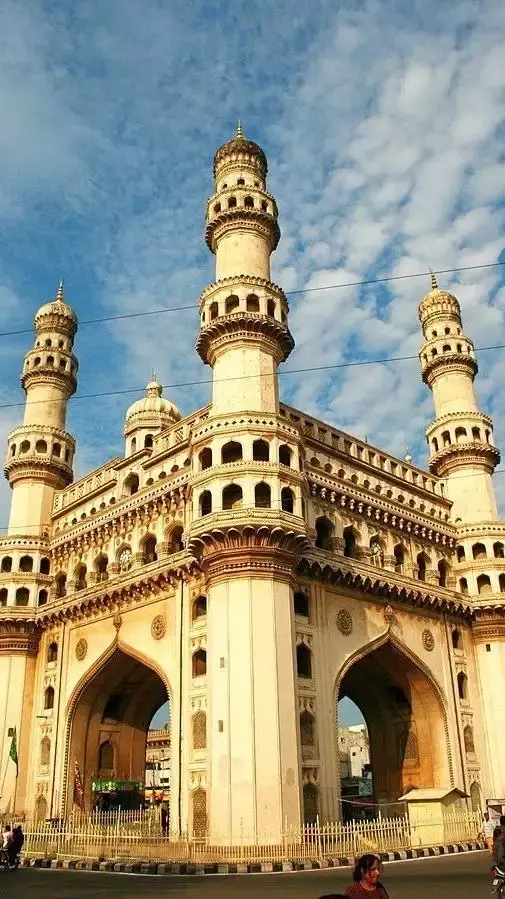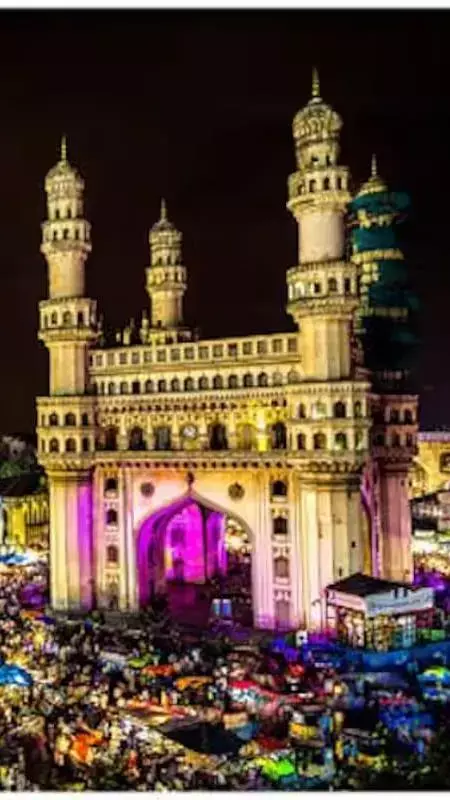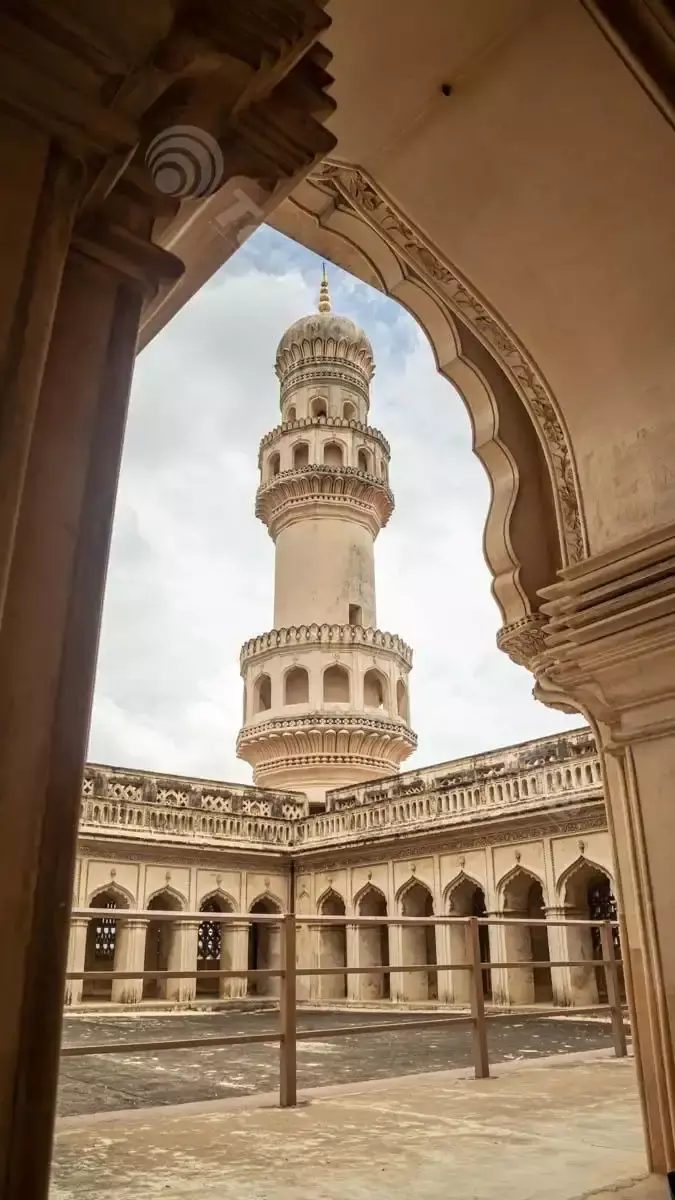
Hidden Gems of the Charminar: Lesser-Known Facts About Hyderabad's Iconic Landmark

The Charminar was constructed in 1591 by Sultan Muhammad Quli Qutb Shah, the founder of Hyderabad, to commemorate the eradication of a plague epidemic. The structure's four minarets symbolize the first four caliphs of Islam.

There are rumors of an underground tunnel connecting the Charminar to the Golconda Fort, intended as an escape route for the royal family in times of emergency. However, this tunnel has never been discovered or confirmed.

The Charminar's design reflects Indo-Islamic architecture with Persian influences. Its arches are reminiscent of the Shia 'Tazias' built in honor of the martyrs of Karbala.
The clocks on the four cardinal directions of the Charminar were added much later, in the year 1889.
The Charminar houses a mosque on its top floor and a madrasa (Islamic school) on the premises. The mosque remains a place of worship for Muslims in the area.
The Charminar is built with granite and lime mortar. Its intricate stucco work adds to the monument's grandeur.
The Charminar is exactly 20 meters on each side, and its four minarets are each 56 meters high. The symmetry and precision in measurements are remarkable feats of engineering for its time.
"Charminar" translates to "Four Towers" in English, reflecting the structure's prominent feature of four grand minarets.
Historically, the area around the Charminar served as a bustling marketplace and cultural hub. Even today, it remains a vibrant center for commerce, with markets selling bangles, pearls, and traditional Hyderabadi delicacies.
The Charminar, along with the Golconda Fort and the Qutb Shahi Tombs, is on the UNESCO World Heritage Tentative List, recognizing its historical and cultural significance.